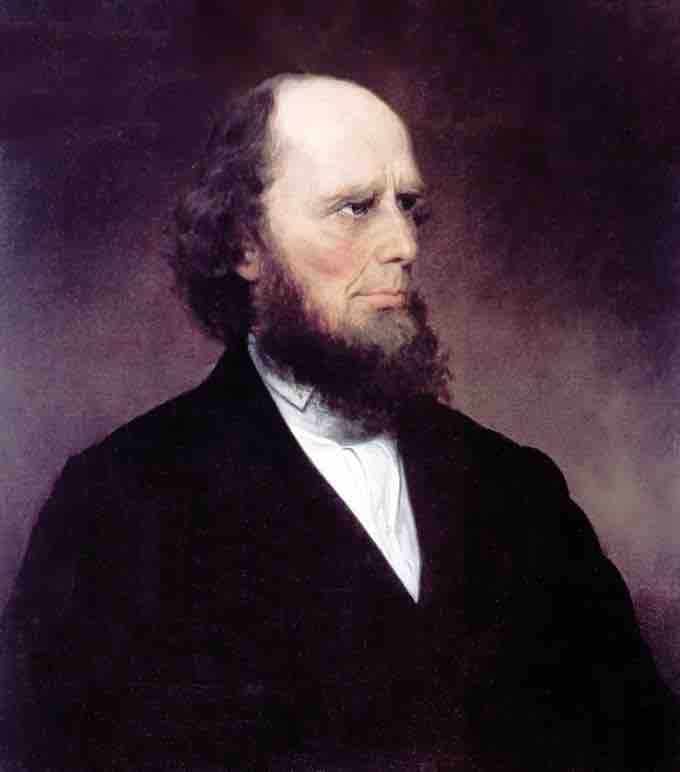Women and the Second Great Awakening
Women made up the majority of the converts during the Second Great Awakening and therefore played a crucial role in its development and focus. It is not clear why women converted in larger numbers than men. Several scholarly theories attribute the large number of conversions in part to women's assumption of greater religiosity. Conversion allowed women to shape identities and form community in a time of economic and personal insecurity and to assert themselves even in the face of male disapproval. Conversion may even have served as a reaction to the perceived sinfulness of youthful frivolity. Some women, especially in the South, encountered opposition to their conversion from their husbands and had to choose between submission to God or to the head of the household. While there is no single reason women joined the revival movement, the revival provided many women with shared experiences. Church membership and religious activity gave women peer support and a place for meaningful activity outside of the home.
Informal Leadership
While they constituted the majority of converts and participants, women were not formally indoctrinated and did not hold leading ministerial positions. They did occasionally take on public roles during revivals. They preached or prayed aloud on rare occasions, but they were more likely to give testimonials of their conversion experience or work through the conversion process directly with sinners (who could be male or female). Women's prayer was seen by leaders such as Charles Finney as a crucial aspect in preparing a community for revival and improving the revival's efficacy.

Charles Grandison Finney, evangelist preacher
During the Second Great Awakening, progressively minded western evangelists, led by Charles Finney, challenged the establishment's restrictions on women's participation in the church.
Though they typically held no formal leadership roles, women became very important informally in the process of conversion and in the religious upbringing of their children through family structure and through their maternal roles. During the period of the revivals, mothers—who were seen as the moral and spiritual foundation of the family—used their teaching and influence to pass religion to their children.
The rising number of women congregants influenced the doctrine preached by ministers as well. In an effort to give sermons that would resonate with the congregation, Christ was gradually "feminized" in this period to stress his humility and forgiveness.
Early Organizing
Despite the influential part they played in the Second Great Awakening, these women still largely acted within their "status quo" roles as mothers and wives. The change in women's roles came mostly from their participation in increasingly formalized missionary and reform societies. During the antebellum period, the Second Great Awakening inspired advocacy for a number of reform topics, including women's rights. Antebellum reform in areas such as women's rights was affected not only by political enthusiasm, but also by religious or spiritual enthusiasm. Women's prayer groups were an early and socially acceptable form of women's organization. Through their positions in these organizations, women played a role outside of the domestic sphere.